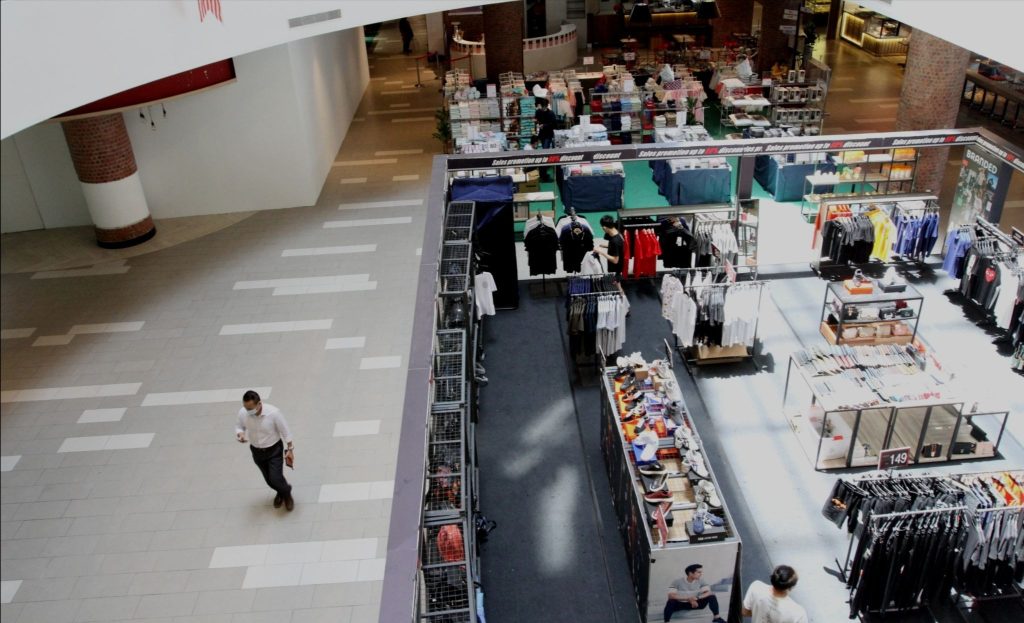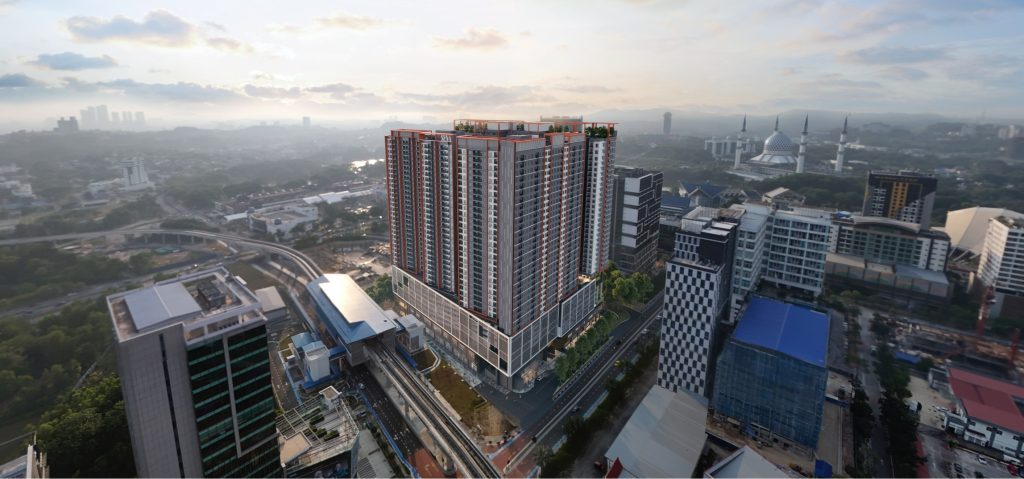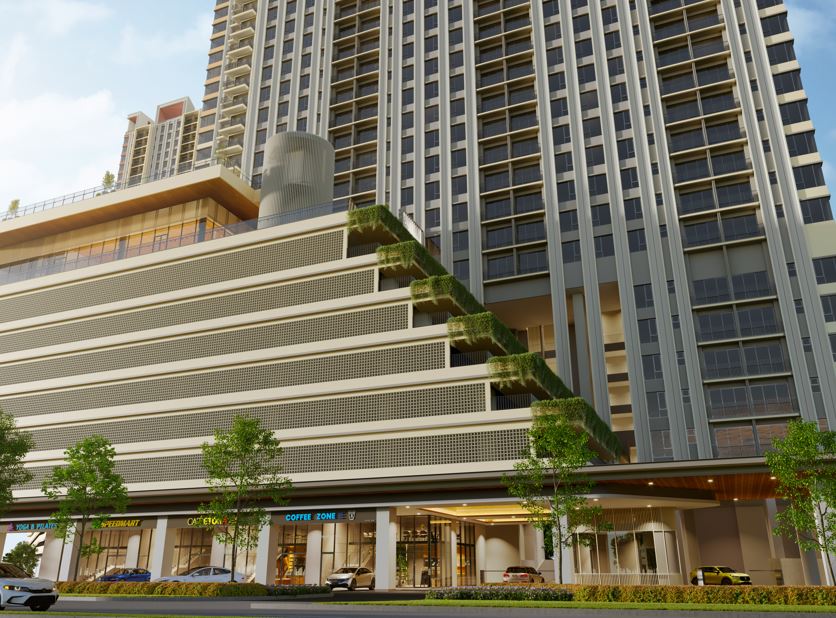Sustainable development is inevitable
By Yanika Liew
In the Malaysian real estate market, institutional investors such as mutual funds, insurance companies, sovereign welfare and real estate investment trusts (REITs) significantly influence market action. They have a hand in fueling economic growth through the injection of capital into all sectors, from commercial, residential industrial, to hospitality.
According to RHB Banking Group investment banking director Zulhilmy Kamaruddin, Malaysia has 19 listed REITS, with an estimated total value of RM41bil. The largest REIT being KLCC property.
Investors hold the crucial role of capital in the market, with the ability to transform urban areas, establish new development standards, facilitate projects that yield sustained returns and even promote sustainable development.
“There is an increased expectation for the investor to lead in sustainable development, community engagement and also ethical investment practices,” Pelaburan Hartanah Bhd investment senior general manager Kamal Zainul said during the 31st National Real Estate Convention.
Sustainability has become a central theme in real estate. An increased number of institutional investors recognise the value of green building practices, he noted. Sustainable investment is continuously driven by the growing demand for eco-friendly and energy-efficient properties around the world.
Opportunities for investors could be seen in the office segment, JLL Malaysia research and consultancy head Yulia Nikulicheva said during the convention.
She noted that tenants these days are driven by the shareholders and users to have green space, however, only a small percentage of the existing office stock provides green features. Old offices become obsolete, and structurally, no longer meet the requirements of the tenants.
“Especially if you look at the Asia Pacific region, a lot of buildings have been built 30 to 40 years ago. In KL, we have plenty of office buildings which were built more than 30 years ago and currently, they are losing their popularity among the tenants,” Nikulicheva said.
These buildings were lacking in efficiency and facilities, especially for multi-national corporations (MNCs).
“We believe that there is a huge opportunity for investors to look at those older buildings, retrofit them, upgrade them and get some positive return,” Nikulicheva said.
“Another opportunity lies with environmental, social and governance (ESG). A lot of quotas are required by the policies and by the shareholders to be green and to occupy a green space. We see that in Asia Pacific, the gap between demand and supply is very significant,”
“Speaking of KL, our preliminary estimates show that currently, only 35% of the existing prime office stock is green while the demand lies between 40 to 50%. So there is a huge gap in KL in terms of demand for green office space, and that’s why we see in KL has been quite a significant increase in rent for green buildings, they are being occupied faster. In older stock, occupancy rates have fallen,” she pointed out.
The economic and regulatory policies in Malaysia significantly influence institutional investors. According to Kamal, the government has implemented a range of measures aimed at stimulating the real estate market, offering tax incentives for major development projects and introducing special economic zones to attract foreign investment.
“The central bank policy aimed at maintaining economic stability and growth has seen interest rates maintained at the level that encourages economic growth and investment. So for institution investors like us, this translates to relatively low financing costs and enhances the attractiveness of the property investment,” Kamal said.
Despite the case, the market continues to be cautious.
“It looks like we overcame the recession, but still, prospects are lower than what we expected at the beginning of 2023,” Nikulicheva said.
“We saw quite a significant hike of inflation, and that had quite a lot of impact on real estate. First of all, construction costs went up significantly and all the developers are probably still experiencing this,” she added.
The high inflation placed significant pressure on central banks to increase interest rates, and in such environments, few investors consider investing in real estate.
“We have to accept that prices went up and they’re not going down. So if you are a developer or an investor, and you’re considering investing in any project, you have to accept new construction costs,” Nikulicheva said.
While Nikulicheva agreed that central banks of multiple countries had reduced their interest to lower rates, they were nowhere near the rates during Covid-19 or Post-Covid.
Where should investors look?
“At this current moment, the market is experiencing a phase of cautious optimism with key trends and investment volume indicating a gradual recovery from previous economic uncertainty. The commercial sector, particularly office space in prime locations, continues to attract significant interest,” Kamal said.
“Similarly, in the industrial sector, specifically logistics and warehousing, we can see growth fueled by e-commerce growth and also Malaysia’s strategic role in this regional supply chain,” he added.
Compared to other assets, real estate saw a downfall in overall investments, which could be explained by the uncertainty levels of the investors.
“We saw quite a lot of shocks in the past three years. It started with Covid-19, then regional conflicts, and supply chain chokes. And we don’t know what we should see in the future and what we could face in the future, and of course, many investors are taking into account the possibility of more shocks and potential impact on real estate,” Nikulicheva said.
She pointed out that investors are looking at economic performance and how it may potentially impact real estate.
While Asia Pacific countries were all on a positive path, Nikulicheva noted that at the beginning of 2023, prospects for 2024 were much more optimistic. Those forecasted numbers were revised downwards at the end of 2023, which impacts how investors are looking at their real estate investments.
“For Malaysia, you can see that the expected growth rates are one of the highest in the region, which we think is a very positive sign which will encourage investments in real estate. We do see increased interest from investors, but they are now looking at different classes, different segments,” Nikulicheva said.
In agreement with Kamal, Nikulicheva noted that there was also interest in the logistics sector.
“This started before Covid but Covid accelerated the process. We see quite a significant change in the global logistics of the supply chains. Malaysia has quite a strategic location because it’s located on the edge of the Peninsula next to Singapore, so that’s why a lot of the trade is going through Malaysia, and we do see quite a significant demand for high-quality logistic space,” she said.
However, space is limited. There was a lack of available properties for sale, and for this reason, Nikulicheva pointed out that investors who look at the logistics sector in Malaysia have to look at development and warehousing.
“It’s quite interesting to see that in the past 12 months, the two sectors that are attracting strong attention from investors were offices, and the second largest were alternatives. Alternatives include data centres and education, and this change we believe is not short-term. It’s a long-term trend and we will see more investments going into alternatives,” Nikulicheva said.
However, Kamal pointed out that diversification across segments is emerging as a key strategy for institutional investors. It allowed investors to mitigate the risk and optimise return by spreading investment across various sectors while capitalising on the unique growth potential of each segment.
Local institutional investors have a critical advantage due to their deep understanding of the Malaysia real estate market, Kamal said.
Similarly, local investors are more likely to have an easier time navigating the legal and bureaucratic hurdles, more effectively maximising the gains and also reducing risk.
“As we are institutional investors, we often have exclusive access to these large-scale development projects, urban rejuvenation initiatives and also critical infrastructure. This might be out of reach for smaller or foreign investors,” Kamal said.
“By investing in this kind of venture, local investors like us can drive development on new commercial hubs, residential areas and also the essential infrastructure, contributing to Malaysia’s growth and development,” he pointed out.
Institutional investors are also able to cultivate long-term relationships with regulators, local government and other key stakeholders, facilitating a smoother investment process. It provides investors with the opportunity for insight into any upcoming regulatory changes, development plans and investment opportunities.
“We are looking at a significant transformation, driven by economic growth, urbanisation and challenging demographic patterns,” Kamal said.
Attracting foreign capital
According to Nikulicheva, there are three core regions with the highest volume of investments, that being Australia, Hong Kong and China. From an investor’s perspective, it was natural, because, in a time of high uncertainties, investors tend to look at more mature and established markets while Malaysia, which falls under Southeast Asia, is just a small fraction of the deals initiated by the investors.
There were specific limitations and challenges which hindered investment from foreign countries.
Nikulicheva noted that the size of the economy, and the size of the country, matters. While Malaysia is often compared to Thailand or Vietnam, it is seen as having a small market, and might not quite meet the necessary size for potential investors.
She pointed out that the high volatility of the exchange rate could similarly deter investors from doing business.
At the same time, foreign investors entering the market would be seeking a local partner. These could be more experienced players who have in-depth market knowledge as well as familiarity with the laws and regulations. An example would be the range of constructions that take place in Johor Bahru, which stem from international companies that have collaborated with local partners.
As new instruments such as the REIT, proper awareness is crucial. As the world continues to evolve higher standards for real estate, Malaysia’s lack of transparency could become a key issue. Without proper enforcement and mechanisms set in place, these properties and investments often lack the requirements of foreign investors.
“First of all, I think we need to promote the market to them to explain certain fundamentals because a lot of the foreign investors, compare Malaysia to Thailand. They look at Malaysia as a small market, so promote the market,” Nikulicheva said.
“Why is the investment still attractive? Because I do believe there are a lot of opportunities in the Malaysian market, especially looking in the right place. Secondly, it also relates to the local government. The issue is with the fluctuations of the ringgit – I think that it has been forecasted by Bank Negara that the Ringgit rate will stabilise by the end of the year. Hopefully, it will bring more investors into the country,” she added.
With a lack of awareness of the viability of Malaysian real estate, it is pushed onto the developers and stakeholders to talk about these assets with the investors themselves. Enhanced transparency, regulation and high-quality developments geared towards sustainability can give Malaysia a chance to be a major player, but will we take it?
Stay ahead of the crowd and enjoy fresh insights on real estate, property development, and lifestyle trends when you subscribe to our newsletter and follow us on social media.














































